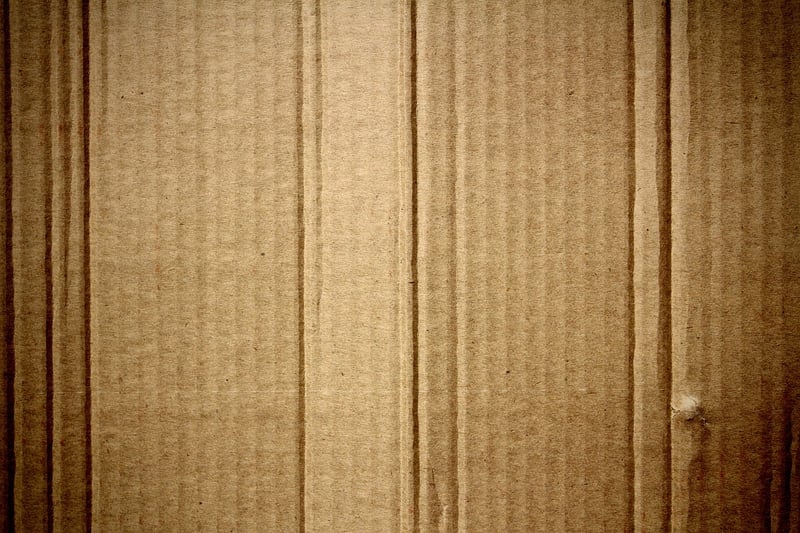Eco-Friendly Designer
Exploring Career Aspirations as an Eco-Friendly Designer
Are you passionate about design and sustainability? Do you have a keen eye for aesthetics and a desire to make a positive impact on the environment? If so, a career as an eco-friendly designer might be the perfect fit for you. In this article, we will delve into what it means to be an eco-friendly designer, the skills required for this career, and how you can pursue this rewarding path.
What is an Eco-Friendly Designer?
An eco-friendly designer, also known as a sustainable designer, is someone who creates products, buildings, or spaces with a focus on environmental sustainability. These designers consider the environmental impact of their work at every stage of the design process, from material selection to production methods to end-of-life disposal.
Skills Required
To excel as an eco-friendly designer, you need a combination of artistic talent, technical skills, and a deep understanding of sustainability principles. Some essential skills for this career include:
- Proficiency in design software such as Adobe Creative Suite
- Knowledge of sustainable materials and construction techniques
- Ability to think creatively and innovatively
- Strong communication and collaboration skills
- Passion for environmental conservation
How to Become an Eco-Friendly Designer
If you are interested in pursuing a career as an eco-friendly designer, here are some steps you can take:
- Educational Background: Consider pursuing a degree in design, architecture, environmental studies, or a related field.
- Gain Experience: Look for internships or entry-level positions at design firms that focus on sustainability.
- Build a Portfolio: Showcase your eco-friendly design projects to demonstrate your skills and passion for sustainability.
- Network: Attend industry events, join professional organizations, and connect with other eco-friendly designers.
- Continuing Education: Stay updated on the latest trends and technologies in eco-friendly design through workshops, courses, and conferences.
Conclusion
As an eco-friendly designer, you have the opportunity to combine your love for design with your commitment to protecting the planet. By creating sustainable and environmentally conscious designs, you can contribute to a greener and more sustainable future for all. If you are ready to embark on this exciting career path, start by honing your skills, building your portfolio, and connecting with like-minded professionals in the industry.

Image Source: Pixabay
